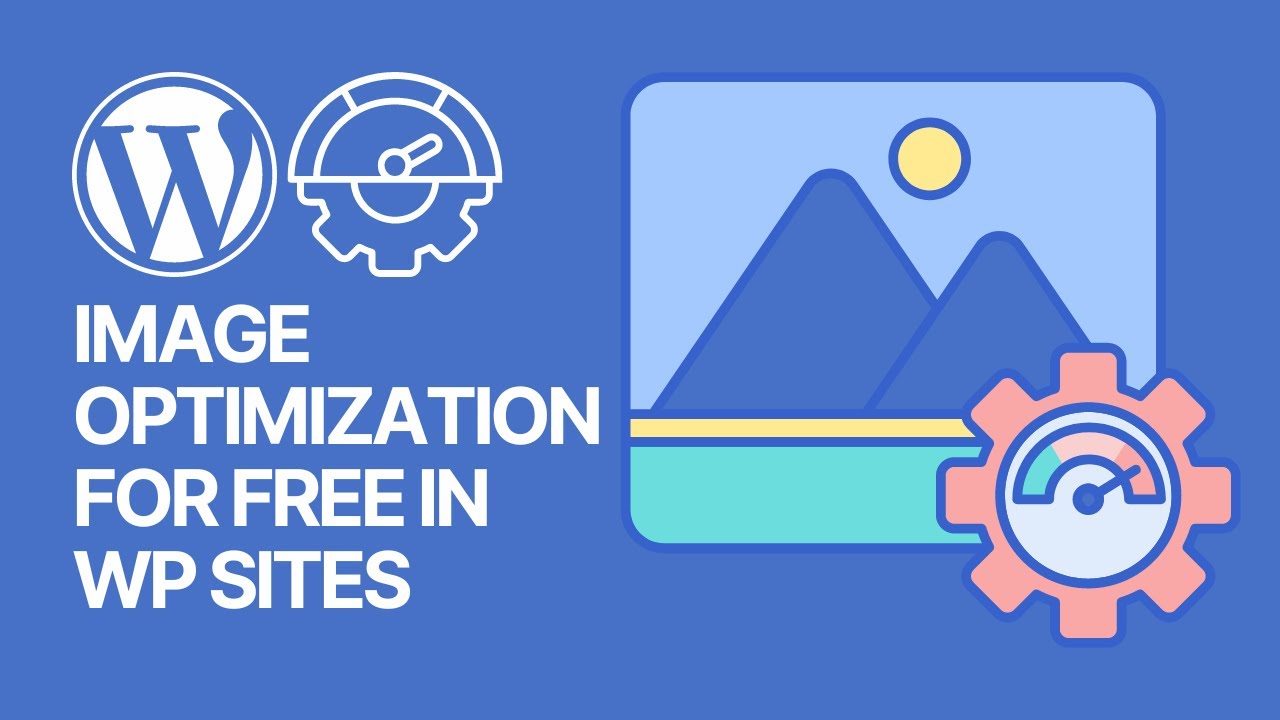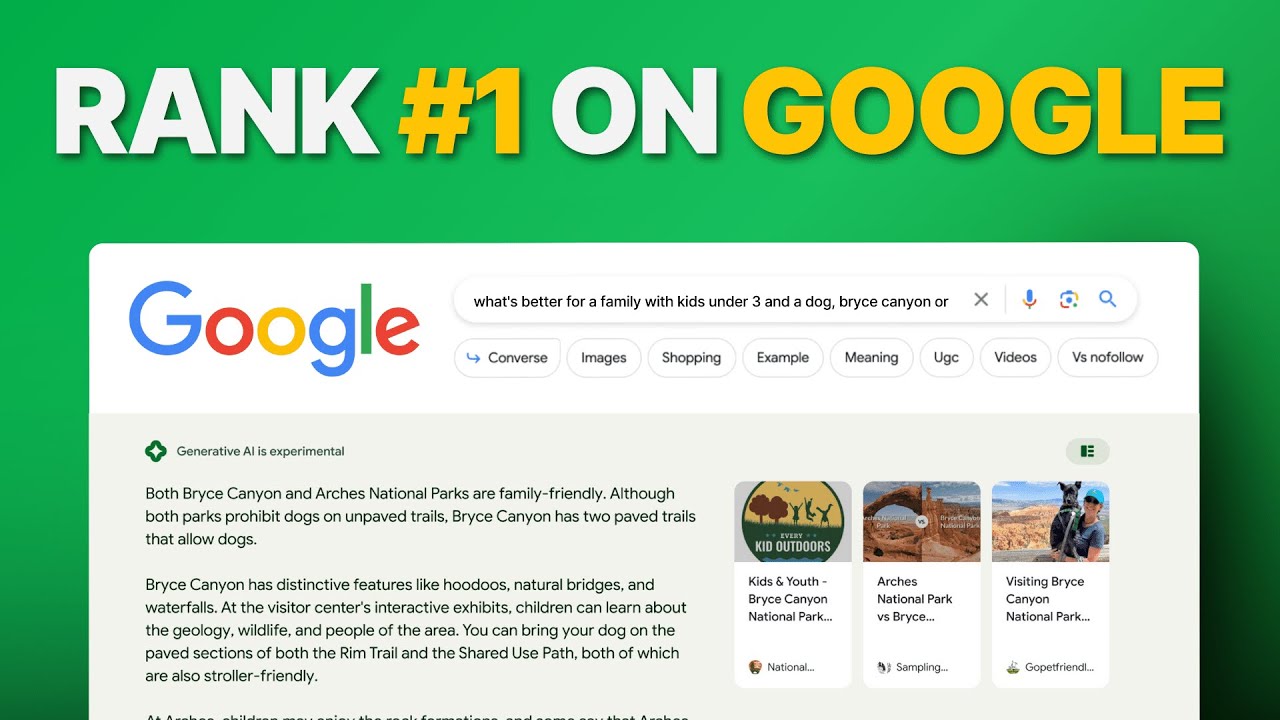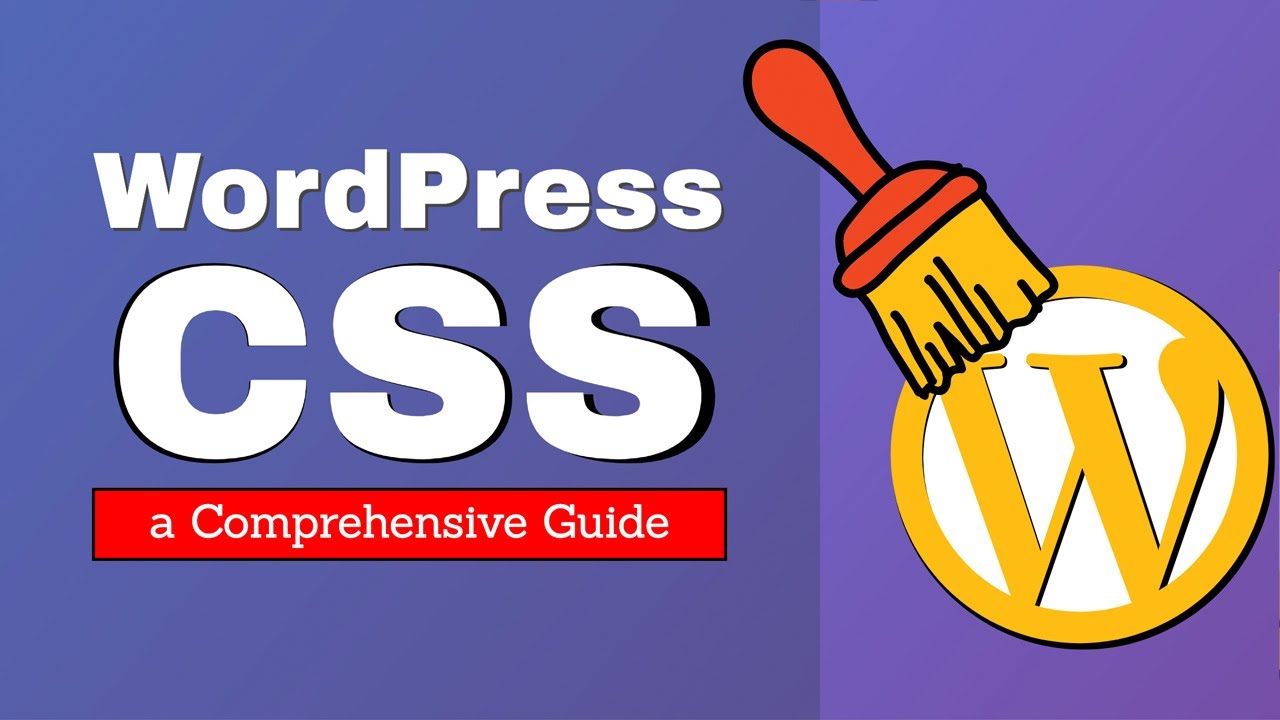Creating a high-performing website starts with well-designed landing pages. In this article, we share practical WordPress tips for creating landing pages that attract visitors and drive conversions. From layout design to plugin selection, these tips cover the essential strategies every WordPress user should know.
Whether you’re building a sales page, newsletter signup, or product promotion, implementing these tips can improve user engagement. By following these best practices, you can ensure your landing pages are not only visually appealing but also optimized for results. Let’s dive into the key techniques that make WordPress landing pages successful.
1. Define Your Landing Page Goal
Before designing, it’s essential to define the goal of your landing page. Are you collecting email addresses, promoting a product, or encouraging sign-ups? Every design element should align with this objective.
WordPress tips for defining goals:
- Write a single-sentence objective at the top of your draft.
- Determine the primary action you want visitors to take.
- Decide if the page will have secondary CTAs or focus solely on one action.
Without a clear goal, even a beautifully designed page may fail to convert. A focused landing page ensures every element—from headlines to CTA buttons—supports your objective.
2. Choose the Right WordPress Landing Page Plugin
The right plugin can make designing and customizing landing pages much easier. Some popular options include:
- Elementor – Drag-and-drop builder with pre-made landing page templates and responsive design controls.
- Beaver Builder – Clean code, flexible layouts, and compatible with most themes.
- Thrive Architect – Conversion-focused, with built-in lead generation elements.
- SeedProd – Lightweight, fast, and optimized for landing page speed.
Pro Tip: If your goal is lead generation, choose a plugin that integrates with email marketing services such as Mailchimp, ConvertKit, or ActiveCampaign. This ensures collected leads flow directly into your campaigns.
3. Keep Your Design Simple and Focused
A cluttered landing page distracts visitors. Focus on a clean, minimalist design:
- Limit elements to essential content.
- Use white space effectively to make CTAs stand out.
- Stick to 2–3 primary brand colors.
- Avoid unnecessary navigation links that could pull visitors away.
Example: If you’re promoting an e-book, your landing page should include only the book title, cover image, short description, and the download form. Extra sections like blog excerpts or unrelated links can reduce conversions.
Additional Tip: Use contrasting colors for CTAs so they are immediately visible. For instance, if your site’s color palette is blue and white, a bright orange button can draw attention.
4. Craft Compelling Headlines
The headline is the first thing visitors see and often determines whether they stay or leave. Use clear, benefit-driven headlines:
WordPress tips for headlines:
- Use H1 for the main headline.
- Incorporate your primary keyword naturally.
- Make it concise (6–12 words).
- Consider numbers, questions, or power words to boost engagement.
Example Headlines:
- “Download Our Free Guide to Boost Conversions in 7 Days”
- “Create Landing Pages That Convert Visitors Into Customers”
Strong headlines paired with subheadings (H2/H3) improve readability and SEO simultaneously.
5. Optimize Your Copy for Clarity and Persuasion
Visitors often skim landing pages, so your copy should be short, scannable, and persuasive:
- Use bullet points or numbered lists.
- Highlight benefits over features.
- Include social proof: testimonials, reviews, or case studies.
- Keep sentences short and paragraphs concise.
WordPress tip: Use typography hierarchy (bolding, headings, spacing) to emphasize important points. This guides visitors’ eyes to key information.
Example: Instead of “Our plugin helps improve SEO,” use:
- “Boost your site’s search rankings and drive 3x more traffic in just weeks.”
6. Place Strong Call-to-Action (CTA) Buttons
The CTA button is the most critical element. Tips for effective CTAs:
- Use action-oriented text like “Download Now” or “Get Started.”
- Make buttons stand out with contrasting colors.
- Place CTAs above the fold and repeat logically through the page.
- Limit to one primary action per page.
Example: On a newsletter signup page, include a top CTA and repeat at the bottom, keeping messaging consistent.
7. Use High-Quality Images, Videos, and Graphics
Visuals improve engagement and conversions:
- Include relevant, high-resolution images.
- Use demo videos or GIFs to explain products.
- Avoid generic stock photos that feel inauthentic.
- Compress images for fast loading using plugins like Smush or ShortPixel.
WordPress tip: A video walkthrough of a product or plugin can increase conversions by 80%, according to multiple case studies.
8. Mobile Optimization is Essential
Most users access websites via mobile devices, so landing pages must be fully responsive:
- Test layouts on phones and tablets.
- Ensure text, images, and buttons scale properly.
- Simplify forms for mobile input.
WordPress tip: Use Elementor, SeedProd, or other page builders with mobile editing features to adjust design for different devices.
9. Speed and SEO Optimization
Even conversion-focused landing pages benefit from SEO:
- Include the primary keyword in the URL, title, H1, and meta description.
- Use alt-text for images.
- Minimize plugins that slow down the page.
- Enable caching with WP Rocket, W3 Total Cache, or LiteSpeed Cache.
WordPress tip: Google PageSpeed Insights can show where to optimize images, CSS, or scripts. Fast-loading pages improve user experience and boost conversion rates.
10. Test, Track, and Iterate
Landing pages require continuous testing:
- A/B test headlines, CTAs, layouts, and media.
- Track metrics: bounce rate, time on page, and conversion rate.
- Adjust based on data rather than assumptions.
WordPress tip: Plugins like Thrive Optimize or Nelio A/B Testing allow you to run experiments directly on your WordPress site.
11. Additional WordPress Tips for Landing Pages
- Minimal Navigation: Keep visitors focused on the page goal.
- Integrate Analytics: Use Google Analytics or MonsterInsights to track conversions.
- Urgency & Scarcity: Countdown timers or limited-time offers boost engagement.
- Pop-ups Wisely: Opt-in forms should appear strategically, not annoy users.
- Typography & Color Psychology: Fonts, spacing, and colors affect readability and conversion.
Examples of High-Converting WordPress Landing Pages
- Newsletter Signup: Simple form, clear value proposition, minimal distractions.
- E-book Download: Eye-catching cover, bullet-point benefits, single CTA.
- Product Launch Page: Countdown timer, demo video, social proof testimonials.
- Service Page: Step-by-step explanation, client logos, CTA for consultation.
FAQ Section
1. What is the best WordPress plugin for landing pages?
Popular options include Elementor, SeedProd, Beaver Builder, and Thrive Architect. Choose one that aligns with your design needs and conversion goals.
2. How long should a landing page be?
Landing pages should be as long as necessary to communicate your value, usually one scroll for simple offers and longer for detailed product pages, but always structured with headings and bullet points.
3. Can I use a free WordPress theme for landing pages?
Yes, free GPL themes work well if they are lightweight, responsive, and compatible with your page builder. Pair them with plugins to add advanced functionality.
4. How do I track conversions on WordPress landing pages?
Use Google Analytics, MonsterInsights, or built-in plugin analytics to monitor clicks, form submissions, and user engagement.
5. Should I include videos on my landing pages?
Yes, videos increase engagement and conversions. Keep them short (1–2 minutes) and ensure they load quickly.
6. How often should I test my landing pages?
Continuous testing is recommended. Start with A/B tests on headlines, CTAs, and layouts, then iterate based on conversion data.
Final Thoughts
Creating effective WordPress landing pages requires combining design, copywriting, and strategic placement of elements. By implementing these WordPress tips for creating landing pages, you can build pages that are visually appealing, user-friendly, and conversion-focused.
Start with a clear goal, choose the right plugin, optimize design and copy, and continuously test and improve. With these strategies, your WordPress landing pages can become powerful tools for growing your audience, generating leads, and boosting revenue.








